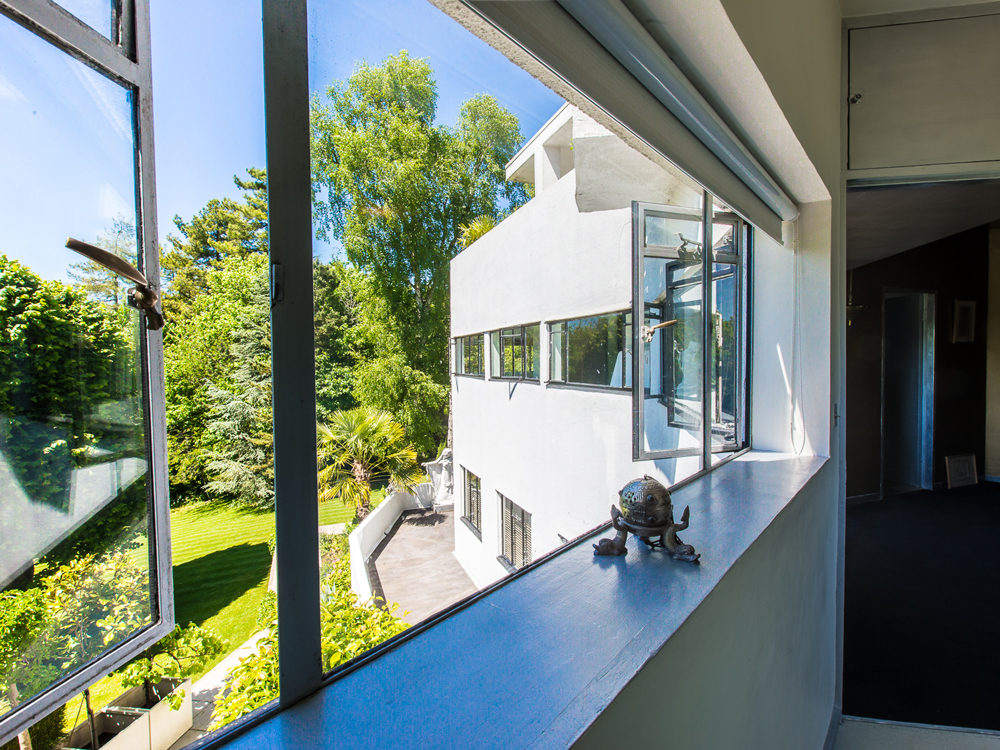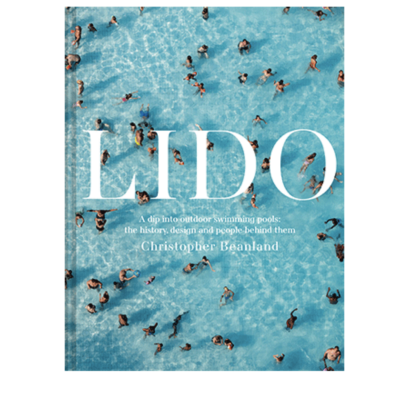
High and Over House
Amyas D Connell’s Modernist, Y-shaped home completed in 1931 for Bernard Ashmole, Professor of Classical Archaeology at London University and the British Museum’s Head of Classical Sculpture.
Its design was intended to get the maximum benefit from sunlight but was misunderstood by locals who called it ‘the aeroplane house’
English Heritage described it as “of outstanding importance as the first truly convincing essay in the international style in England” It also featured in New York’s Museum of Modern Art 1937 exhibition about English modernist homes and architecture.
The house is Grade II* listed
The 16 acre estate (now called Highover Park) included the Lodge for the housekeeper and gardener and bachelor guests would stay there, cared for by the housekeeper. Connell and Ashmole also designed the Sun Houses on the approach road to the estate, probably to offset the high cost of building High & Over. The water tower and fives court have been demolished but a sad loss is one of the world’s largest and most elaborate Modernist gardens based on Guevrekian’s Garden of Water and Light at the Villa Noailles, but never fully completed. This comprised terraces, walks, a gallop, fish ponds, water gardens, fruit orchards, flower gardens and a tennis court all in Modernist style. It was largely built by Ashmole and George Marlow, the gardener who lived in the cottage with his wife May. The house although designed as a Modernist building also had a relationship to ancient Roman villas and the garden designs of Pliny as well as Renaissance villas. The house and gardens formed an elaborate geometric and metaphysical star shaped scheme that radiated out from the hexagonal hallway with a circular fountain at the centre. The Modernist garden has been obliterated by a 60s housing development but part of the Roman garden with its swimming pool survives as the setting for the Grade II* listed building. When built, steps lined with cypress trees went down opposite the main entrance to the house down to the pool, showing the Italian influence. The garden was originally planted with Corsican pines, Monterey Cedars and Black Poplar. The interior of the house was to have been designed by Syrie Maugham in her characteristic white on white style, however Dorothy Ashmole put her foot down and introduced an extraordinary scheme of metallic silver and bronze interiors.
There is a British Pathé news clip showing the house in 1931 shortly after it was built. See also an article on the Amersham.org.uk site and more detail and plans in an extensive and informative 2010 article.
The family moved out of High & Over in the 1950s and it was then bought by D L Mays, the Punch cartoonist. In 1962 or 1963 it was bought by Frank Briggs, an architect, who split the house to accommodate two families. It was not then a listed building. Because the original plans had been lost in the blitz in London, Michael Thomas (then an architectural student) made new measured plans in 1962 which he has kindly presented to Amersham Museum and to the current owners together with some photographs. A selection is shown in the “gallery” below. There is also a photo of a model showing the possible development of surrounding houses, designed by Werner Rosenthal (an Amersham architect), which was given outline planning permission in 1962. The development changed hands and what was actually built was very different with rather more houses.
Although High & Over was first listed Grade II in 1971, it is only more recently that it was listed Grade II*, recognising its high status. Both parts of the house have recently been bought by a husband and wife, an artist and an art historian/interior designer, who are carefully restoring the house and have reinstated the original floor-plans.
THE “SUN HOUSES”
There are four reinforced concrete houses built against the hillside by the same architect as High & Over and listed grade II.












